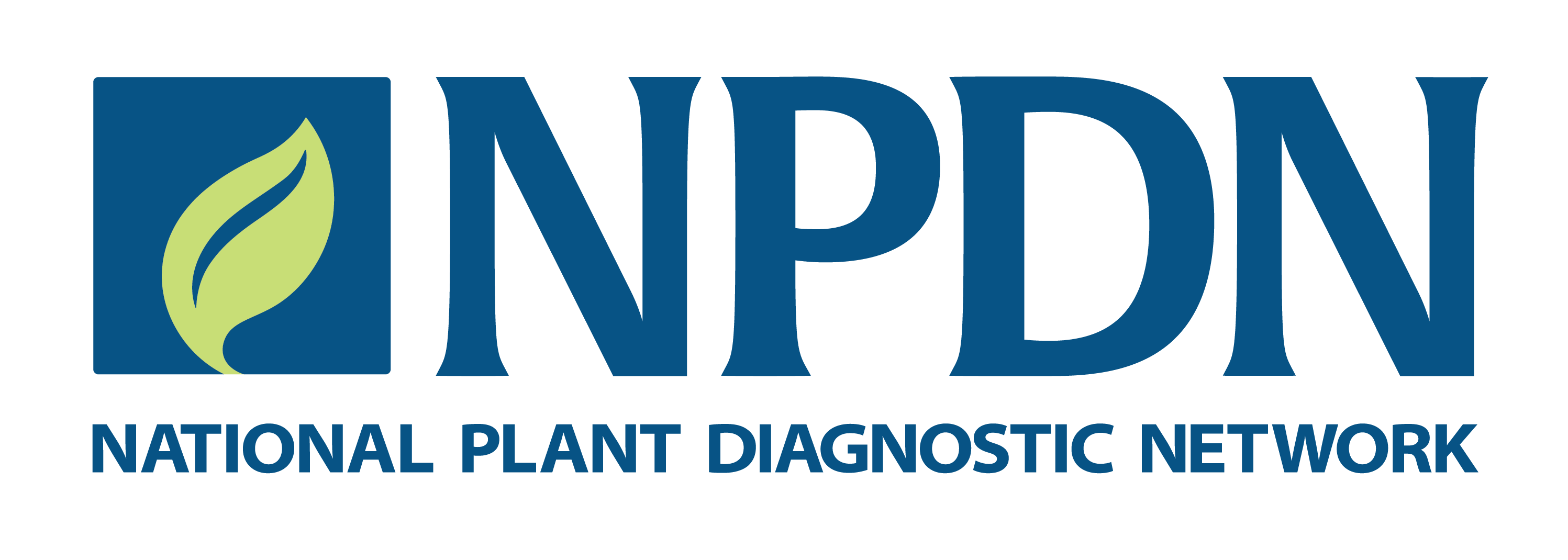Sam Fieweger,1 Steffie Rhodes,2 Lina Rodriguez Salamanca,3and James Woodhall4
1Wisconsin Department of Agriculture, Trade and Consumer Protection, 2Michigan Department of Agriculture and Rural Development, 3Virginia Tech, and 4University of Idaho
Real-time quantitative PCR probes are a significant financial investment by a laboratory. As such, increasing the longevity of probes through careful management is likely worth implementing for many labs. Notoriously sensitive to UV light and freeze-thaw cycles, the tips provided below were created as best practices to promote the longevity and cost-effectiveness of probes in your lab.
- Only handle your probe in template-free areas (PCR hood or another DNA-free environment) to avoid contamination.
- Aliquot your probe or prepare multiple tubes with appropriate dilutions needed for your test. Be sure to use a reasonable volume to reduce the number of freeze-thaw cycles.
- Add an internally used lot number to aliquots of the probe, including the date they were prepared. Record and save Ct values of each lot. This will allow staff to continue monitoring the probe and quickly identify if the probe may be failing due to age.
- Resuspend lyophilized probes labeled with the dyes 6-FAM, HEX, TET, ROX, and TAMRA in TE buffer (10mM Tris, pH 8.0, 0.1 mM EDTA) for best shelf life.
- Resuspend lyophilized probes labeled with Cy3, Cy3.5, Cy5, and Cy5.5 with a TE buffer (10mM Tris, pH 7.0, 0.1 mM EDTA). Probes labeled with these fluorophores degrade at a pH >7.0 and at a pH <7.0.
- If resuspending in water, use only non-DEPC treated nuclease-free water.
- Store probes at -20°C or lower, preferably in a dedicated freezer or freezer compartment just for primers and probes; no samples should be in the same freezer/compartment. Ideally, store in clean, black polypropylene boxes or dark (black or brown) microtubes.
- If stored at room temperature or 4°C, TE suspended probes are most stable.
- If probes may be exposed to UV radiation from natural light while working with them, then consider using amber tubes or foil covers, even if just temporarily, while thawing.
- If the probe is used for an assay that you run infrequently, order smaller quantities.
- Double-check that the correct fluorophore and quencher from the paper are selected when ordering. In general, when an assay is properly validated there is no need, and it is not recommended, to make any changes from the original publication. However, when using older combinations of FAM and TAMRA from older publications, changing FAM to BHQ will require verifying both sensitivity and specificity again. In general, dyes could be changed, with the exception of MGB probes where the thermodynamic properties have changed.
- Ensure that the fluorophore is compatible with the qPCR instrument you are using.
Ordering dry lyophilized or in suspension? Either will work well, IDT probes are commonly lyophilized, while Thermo Fisher/ Eurofins MGB probes come in suspension.
Listed below are several instruments and their compatible fluorophores, along with links to a related best practice resources.
| Company (Instrument) | Compatible fluorophores | Available best practices resources |
| Biorad (CFX 96) | 6-FAM, SUN, HEX, ROX, Texas Red, ATTO 647N, Cy 5, Cy 5.5 | Bio-rad qPCR assay design and best practices |
| BioRad CFX384 | 6-FAM, SUN, HEX, ROX, Texas Red, ATTO 647N, Cy 5, | |
| Thermo Fisher (QS3,5,7) | QSY probes and the FAM, VIC, ABY, TAMRA, or JUN | Good Laboratory Practice to Avoid Contamination in Your qPCR Experiments TaqMan Multiplex Optimization guide |
Be on the lookout for discounts. Thermo-Fisher discounts around Black Friday* and the end of the year, and check with your local company representative.
Other resources by qPCR manufacturer (machines only, master mix not considered)
IDT: IDT Real-time qPCR guide Part 1assay design
FAQs IDT: https://www.idtdna.com/pages/support/faqs
FAQs Eurofins: https://eurofinsgenomics.com/en/resources/other-resources/faqs/
*Black Friday is the Friday after Thanksgiving in the United States.
Have a question about P&V Tips? Want to see a specific article? Please contact linar@vt.edu.

